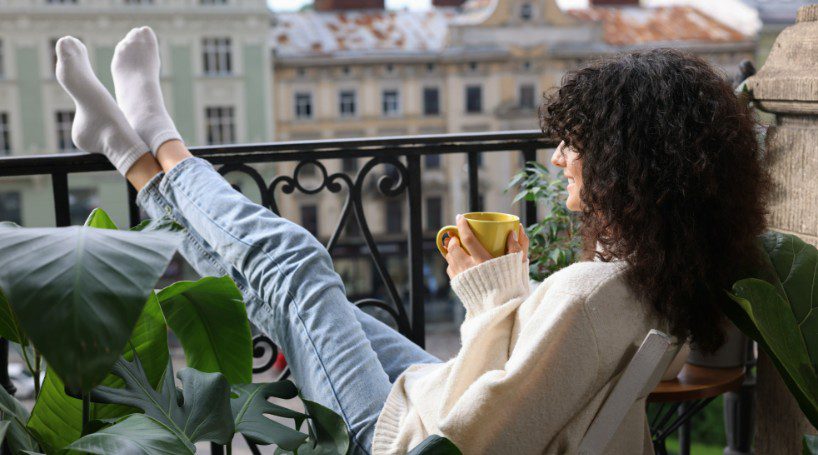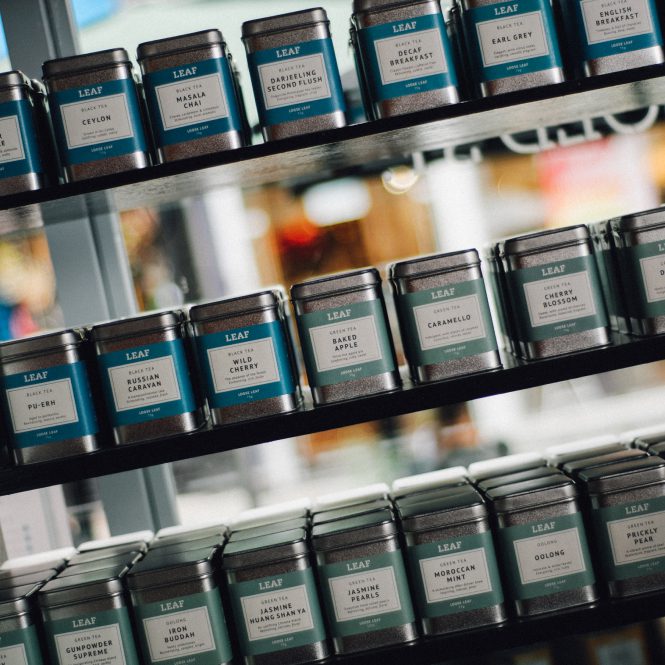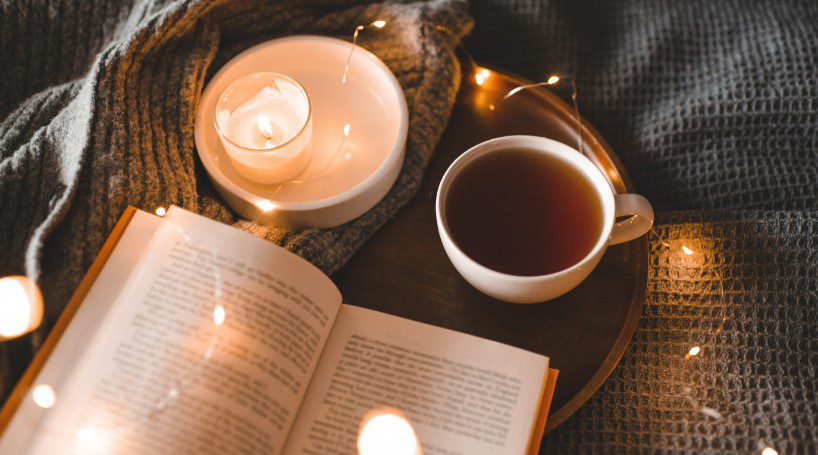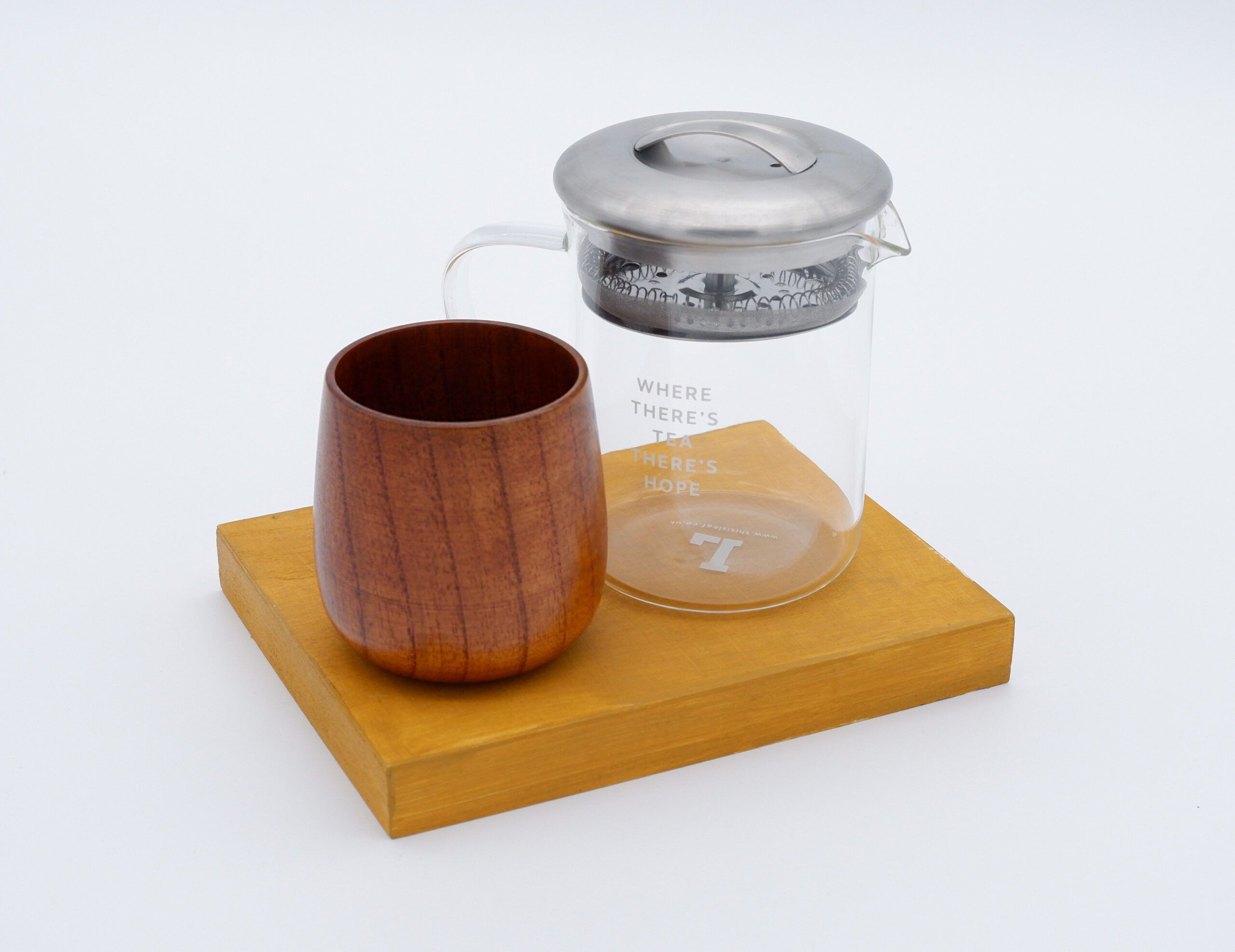
Tea is enjoyed all over the world by many different cultures in a variety of countries.
Some regions have a rich history of tea.
Others have adopted tea in more recent times.
But thanks to ecommerce and global trade, millions of tea drinkers across the globe get to enjoy brewing and drinking loose leaf tea.
In this article, we will give you a full guide on how to drink tea properly and the best brewing methods.
A Guide to Drinking Tea
Selecting Your Tea

The beauty of tea is that there is an abundance of varieties available for you to choose from, these include:
- Black Tea – Fully oxidised leaves, resulting in a robust flavour with higher caffeine content. Examples include Assam, Darjeeling, and Earl Grey.
- Green Tea – Unoxidised leaves, preserving a fresh and grassy flavour. Varieties include Sencha, Matcha, and Gunpowder.
- White Tea – Minimal oxidation, offering delicate and subtle flavours. Silver Needle and Bai Mu Dan are popular white teas.
- Oolong Tea – Partially oxidised leaves, providing a balance between black and green teas. Tie Guan Yin and Da Hong Pao are well-known oolong teas.
- Herbal Tea – Infusions made from herbs, fruits, flowers, or spices. Examples include chamomile, peppermint, and hibiscus.
Tea is also available either as loose leaf or in a tea bag
Loose leaf tea generally offers better flavour and quality. However, tea bags are convenient for quick brewing.
Water Quality
Different teas require specific water temperatures for optimal brewing.
Green tea usually needs cooler water (around 80°C), while black tea benefits from hotter water (around 93-100°C).
Use fresh, filtered water for the best taste.
Avoid using water that has been sitting or has a strong taste of minerals.
Brewing Techniques

Choose a method that suits your preference.
Teapots are great for brewing larger quantities, while infusers work well for single servings.
Over-brewing can result in a bitter taste.
Follow the recommended brewing time for your specific tea type. Below is a rough guide on brewing methods for different types of teas:
- Black Tea.
- Water Temperature: 93-100°C
- Brewing Time: 3-5 minutes
- Green Tea.
- Water Temperature: 80-85°C.
- Brewing Time: 2-3 minutes.
- White Tea.
- Water Temperature: 71-85°C.
- Brewing Time: 4-5 minutes
- Oolong Tea.
- Water Temperature: 85-96°C.
- Brewing Time: 4-7 minutes
- Herbal Tea.
- Water Temperature: 100°C.
- Brewing Time: 5-7 minutes.
Tea Accessories
Tea accessories play a crucial role in the process of brewing tea, enhancing the overall experience and influencing the flavour and aroma of the final cup.
Some common tea accessories include:
Infusers and Strainers

Infusers and strainers allow loose tea leaves to expand and release flavours while keeping them contained, preventing leaves from floating in the cup.
They simplify the brewing process and make it easier to separate the leaves from the brewed tea, ensuring a smoother and sediment-free cup.
Teapots

Teapots provide a vessel for brewing larger quantities of tea, allowing the leaves to move freely in hot water and release their flavours.
Teapots come in various materials (ceramic, glass, clay), each influencing the tea differently. For instance, clay teapots can absorb and enhance the aroma and flavour of certain teas over time.
Tea Kettles
Tea kettles heat water to the desired temperature for brewing tea.
Kettles with temperature control settings help ensure that water reaches the correct temperature for different types of tea, preventing over-boiling or scalding delicate leaves.
Teacups and Mugs

The material, shape, and size of teacups or mugs can impact the way you experience the tea.
Thin porcelain or ceramic cups are preferred for delicate teas, as they allow you to savour the flavours without interference from the cup’s material.
Thicker mugs retain heat better for heartier teas. Our wooden tea cup is also a great choice to enjoy a warm cup of tea.
Storing Tea
Storing tea properly is essential to maintain its freshness, flavour, and quality over time.
The way tea is stored can significantly impact its taste and aroma.
Exposure to air can lead to oxidation, especially for teas like green and white tea.
Proper storage in airtight containers minimises air contact, preserving the freshness of the leaves.
Tea leaves easily absorb odours and flavours from their surroundings.
Airtight containers prevent contamination, ensuring that the tea maintains its intended taste and aroma.
Exposure to light, particularly sunlight, can break down the compounds in tea leaves and result in flavour deterioration.
Storing tea in opaque containers or in a dark place helps protect it from light damage.
Tea leaves can absorb moisture, leading to mould and spoilage.
Airtight containers in a dry environment help maintain the appropriate moisture levels, preserving the quality of the tea.
Proper storage slows down the oxidation process, reducing staleness and extending the shelf life of the tea.
Learn About Tea with Leaf Tea
And there you have it.
Our full guide into the art of brewing, drinking and enjoying your very own cup of loose leaf tea.
As a loose leaf tea seller we have a real passion for selling high-quality loose leaf tea.
Our product library is vast and we sell our tea all over the UK to businesses and individuals alike.
If you would like to know more about our products then please check out our blog section and loose leaf tea categories.




